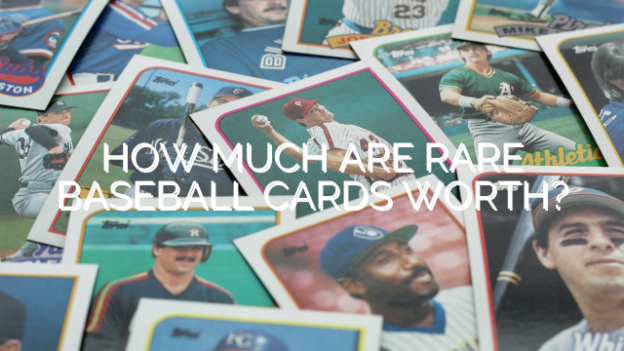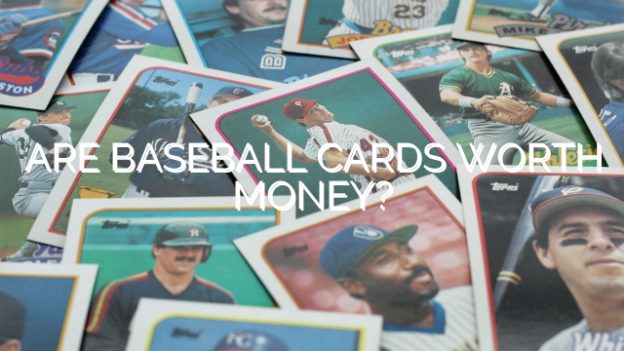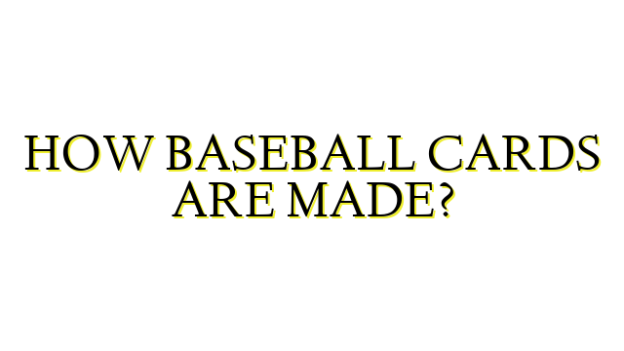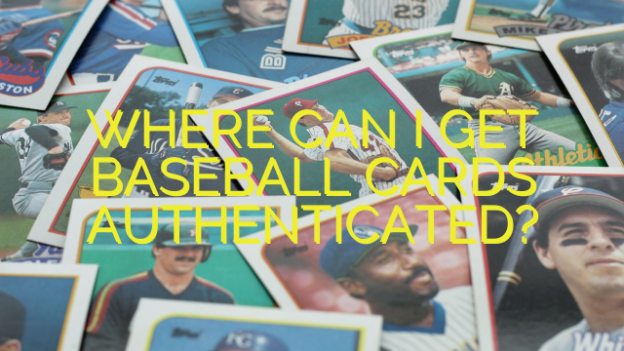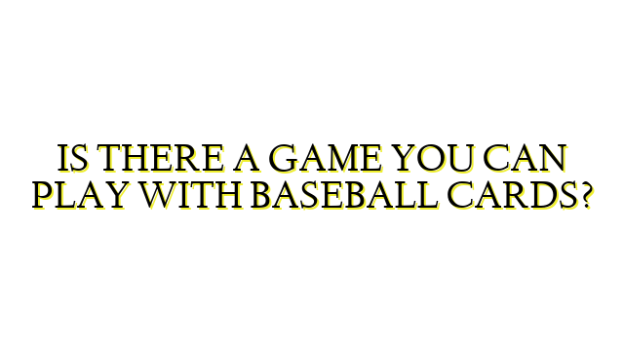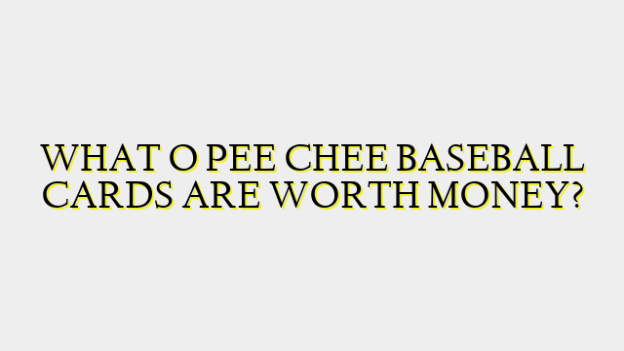One of the biggest determinants of a card’s value is its age, with older cards from the earliest years of the twentieth century being the most valuable. The sport of professional baseball began in the late 1800s, but mass-produced baseball cards for consumers did not begin appearing until the late 1880s with the production of trade cards produced by tobacco companies as promotional items. Some of the very earliest baseball cards from the late 1880s and 1890s can potentially sell for well over $100,000 if in pristine condition.
Condition is arguably the single most important factor when it comes to a card’s value. Rare cards that are well-centered and have strong color and vivid images with no creases, bends, or scratches can be worth 10-100 times more than a card in poor worn condition. The grading scale most commonly used by professional appraisers is the 1-10 point scale used by the Private Third Party Grading company Professional Sports Authenticator (PSA). A rare card in PSA Gem Mint condition 10 could be considered the most valuable, while a card graded PSA Poor-1 could be worth just a nominal amount.
Another major determinant is the particular player depicted on the card and the significance of that player. Cards featuring legendary players from baseball’s early eras like Babe Ruth, Ty Cobb, Honus Wagner and Cy Young are usually the most sought after and valuable, potentially worth over $100,000 for a single card. Rookie cards, which are a player’s first licensed baseball card, are also quite valuable for Hall of Fame players. Modern era rookie cards of stars like Ken Griffey Jr. or Mickey Mantle have sold for over $100,000 as well.
Beyond age, condition, and player significance – there are several other factors that can increase a card’s value such as rarity within a certain set or series. Error cards containing mistakes, uncut promotional sheet versions, or 1-of-1 artist proofs can potentially be true collectibles worth huge sums. Autograph or memorabilia cards “autos” and “relics” featuring pieces of a jersey have become highly valuable in the late 20th century card boom.
Some examples of incredibly rare and valuable baseball cards that have sold at auction:
1909-11 T206 Honus Wagner: Often considered the “holy grail” of cards. Just over 50 are known to exist. One in PSA NM-MT 8 condition sold in 2016 for $3.12 million, setting the record.
1909 T3 Turkey Red Cabinets #111 Eddie Plank: One of fewer than 10 known. Sold for $90,000 in 2017.
1952 Topps Mickey Mantle #311: PSA Gem Mint 10. Fetched $2.88 million at auction in 2018.
1933 Goudey #53 Jimmie Foxx: PSA Authentic. Auctioned for $650,000 in 2013.
1987 Fleer Griffey Jr: His rookie. PSA 10s often sell for $100,000+.
1987 Topps Roberto Clemente: Rare unopened wax pack sold for $75,000 in 2019.
As you can see, the right combinations of age, condition, player significance and other variables can result in individual baseball cards appreciating tremendously in value – even potentially reaching the millions. With the continued growth of baseball card collecting as an investment-worthy hobby, the values assigned to truly rare pieces of card history seem poised only to increase furtherstill in the coming years.

